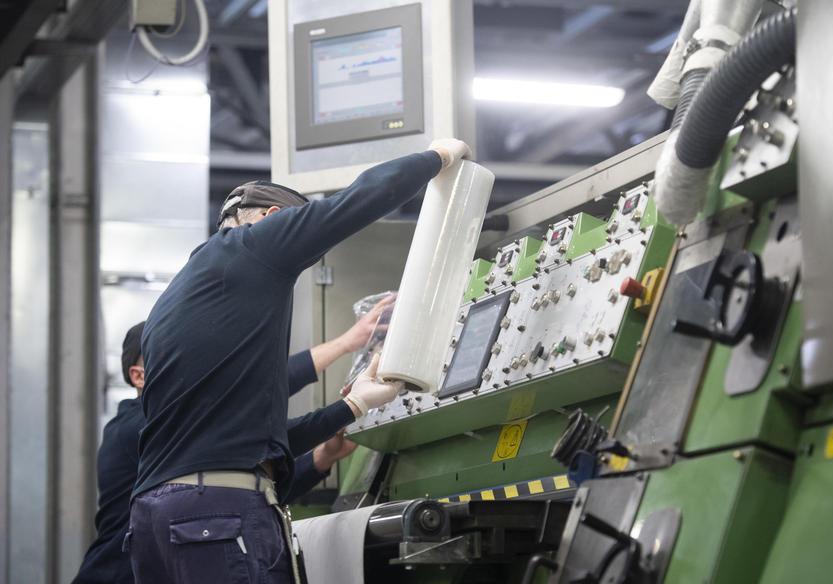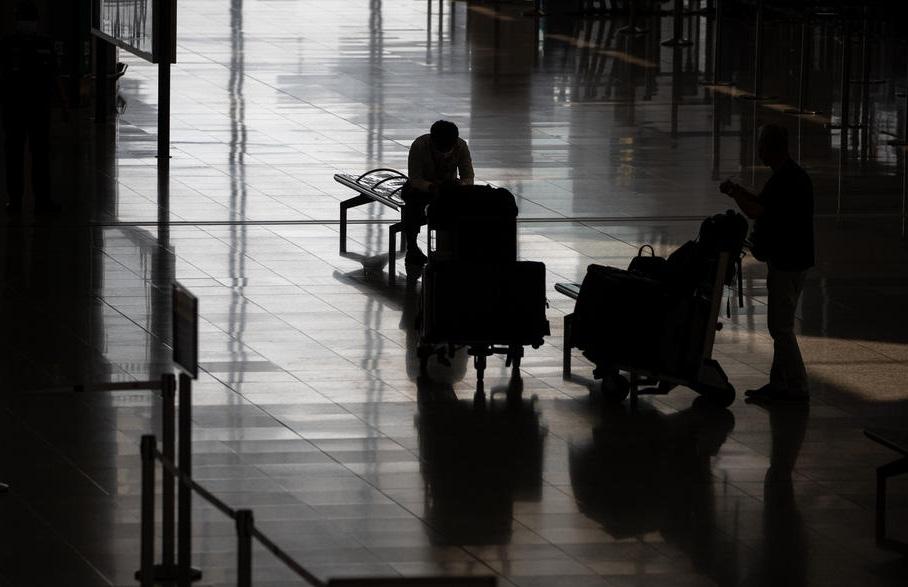
4 minute read
Malta Insights
CorporateDispatchPro

WOMEN RECORD HIGHEST INCREASE IN EMPLOYMENT RATE IN THE LAST DECADE
The employment rate in the 20 to 64 age group stood at 76.8 percent in 2019, higher than the national European 2020 target of 70.0 percent. The latest Labour Force Survey by the National Statistics Office finds that the biggest growth was registered among females with a surge from 40 percent to 65 percent since 2009. The employment rate among men grew by five percent from almost 80 percent over the same period.


The service industries were the main contributors to the growth in employment in the six years from 2014. The share of employment in the services sector rose from 49.5 percent to 58.4 percent by the end of last year, nearly nine percent more than the average in the EU. The participation of women in this sector climbed by 11.1 percentage points to 57.1 percent after six years while the rate of men employed in services grew from 53.5 percent to 59.6 percent.
Meanwhile, total unemployment rates declined from almost seven percent in 2014 to 3.6 percent in 2019. The unemployment rate fell among both women and men, reaching 4.0 percent and 3.6 percent, respectively. Youth unemployment in 2019 stood at 5.2 percent in 2019, 0.8 percentage points lower than the EU average.
On the other hand, the rate of early school leavers was 9.9 percentage points higher than the average among EU members.


At 17.2 percent, this rate remains above the national European 2020 target of 10.0 percent. Nevertheless, the rate is a decrease from 20.9 percent registered in 2014.
RETAIL PRICE INDEX NOSEDIVES IN SEPTEMBER
The annual rate of inflation in September as measured by the Retail Price Index stood at 0.18 percent, down from 0.42 percent registered in August. Figures by the National Statistics Office show that the biggest upwards contributors were the Food Index and the Personal Care and Health Index, both up by 0.25 percentage points. The Transport and Communication Index contributes the largest downward impact, down by 0.34 percentage points. The Recreation and Culture Index also fell by 0.26 percentage points whereas the Housing Index grew by 0.20 percentage points.

The twelve-month moving average rate for September stood at 0.90 percent, down from 1.00 percent in August which had already registered the lowest average rate in the 32 months under review. The highest moving average rate in 2020 was recorded in January, at 1.63 percent.

CorporateDispatchPro


PRODUCTION OF CAPITAL GOODS REGISTERS GROWTH
The Industrial Production Index grew by 2.1 percent between July and August this year, according to the latest data by the National Statistics Office. The biggest increase was registered in the production of capital goods, rising by 6.6 percent. Production of intermediate goods increased by 1.6 percent and production of consumer goods by 0.7 percent. Production in the energy sector was the only one to go down, decreasing by 1.8 percent month-onmonth.


Compared to the same month in 2019, the Index of Industrial Production fell by 2.5 percent. Production of intermediate goods slipped by 5.4 percent, the biggest decrease. Energy production was down by 3.5 percent while consumer goods production fell by 2.2 percent. The production of capital goods was the only category to register a year-on-year increase, growing by 0.5 percent.
INCOMING TOURISM FALLS BY TWO-THIRDS IN AUGUST
August saw the arrival of 114,458 visitors to Malta, a third of inbound tourism registered in the same month last year. Data by the National Statistics Office shows that nine in ten of tourists visited for holiday purposes while slightly more than 2,300 came to Malta for business purposes.
CorporateDispatchPro


Total nights spent amounted to 1.08 million, down from 2.9 million registered in 2019 and 2.7 million in 2018. Just over 40 percent of these were spent in rented collective accommodation including hotels, guest houses, and hostels.
The United Kingdom accounted to a fifth of all inbound tourists, the largest single market with 24,794 visitors. EU countries contributed to 85,552 individual tourists collectively, a decline of 70 percent compared to the previous year. The total expenditure by EU and non-EU visitors was €94.6 million, down from €330 million in the same month in 2019.

Arrivals between January and August this year stood at 533, 417, a decrease of 71.2 percent compared with the same period last year. Total expenditure by tourists in the first eight months of 2019 reached €1.5 billion, four times larger than €353 million recorded this year.






